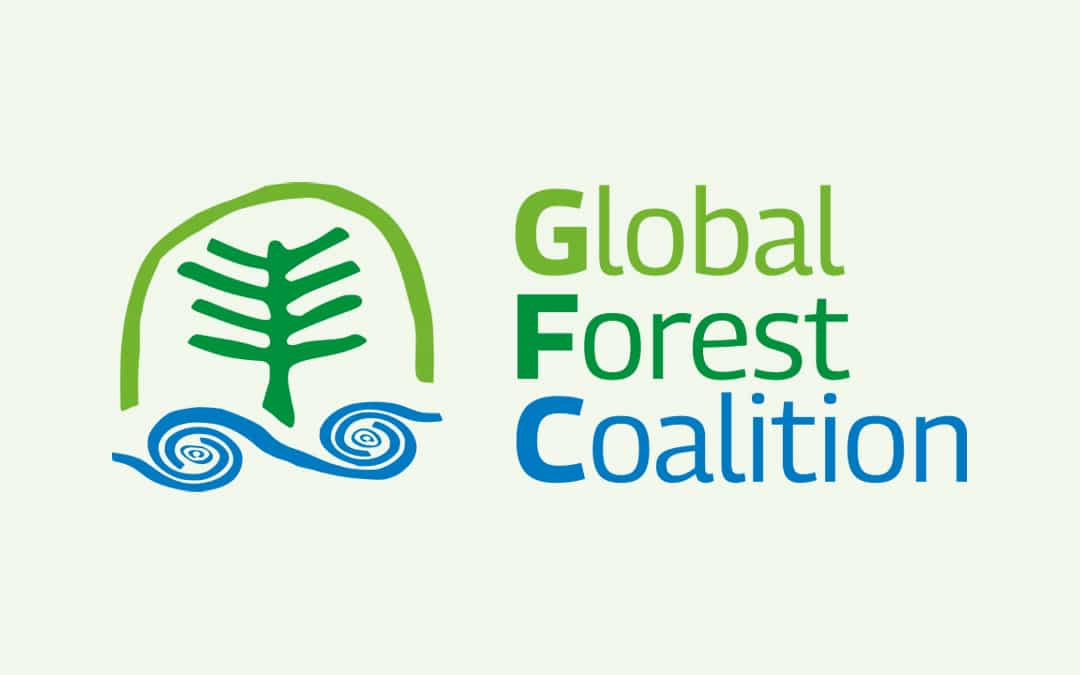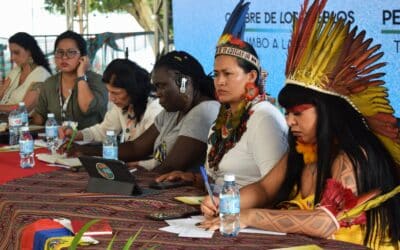HOME Alliance Slams COP30 Captured by Carbon Markets and Illusionary Fixes like Geoengineering
Belém, Brazil - In a betrayal of Indigenous Peoples, climate justice movements and civil society, COP30 has been a profound failure. Instead of bold commitments to phase out fossil fuels and protect Indigenous Peoples, ecosystems and biodiversity, governments doubled...




